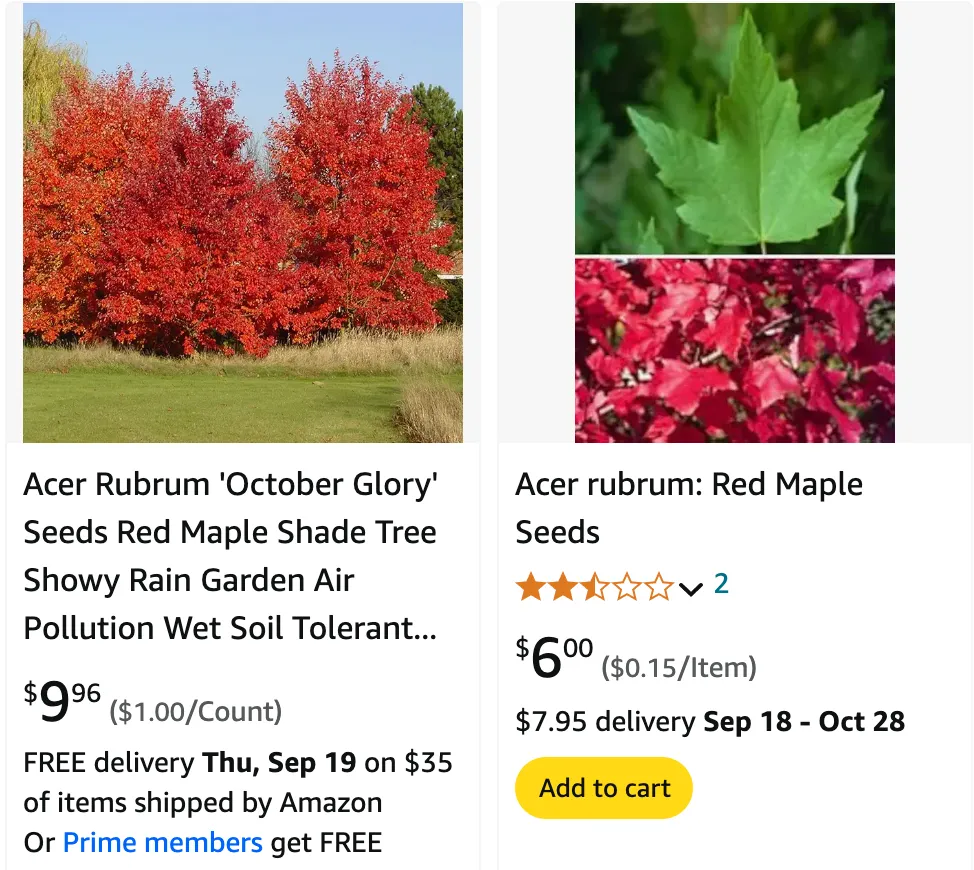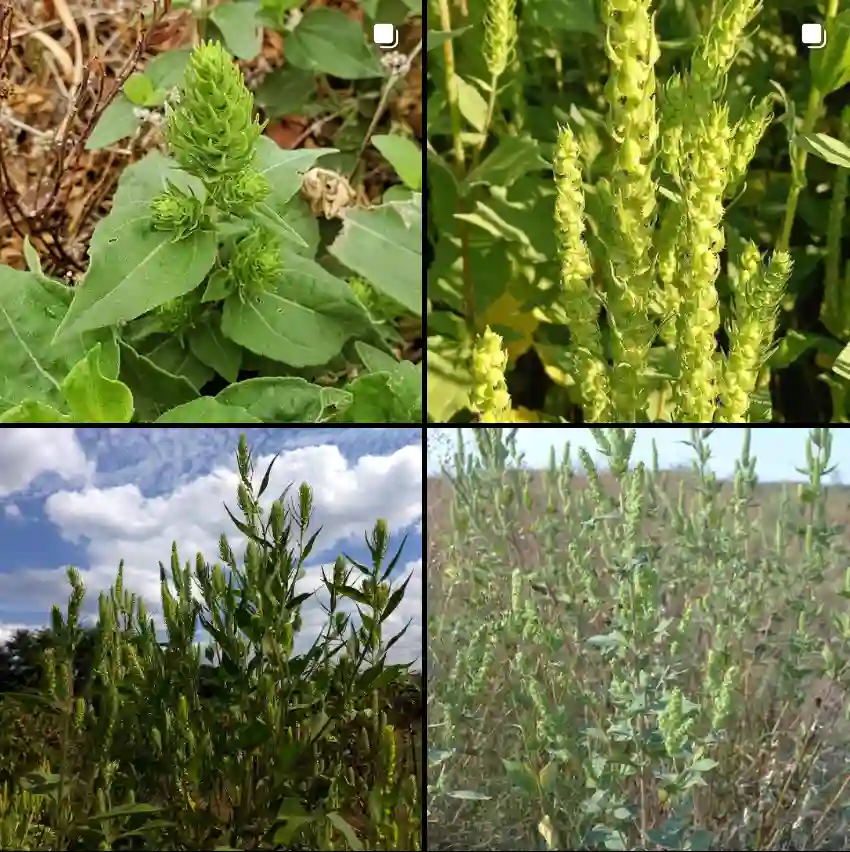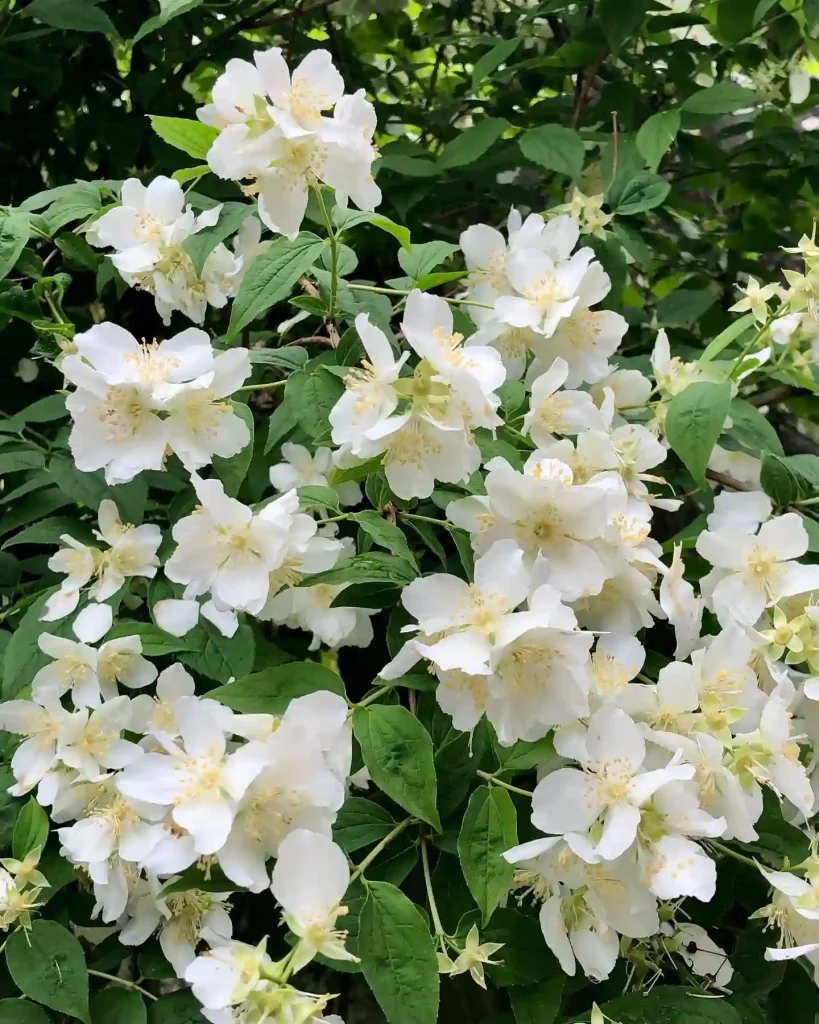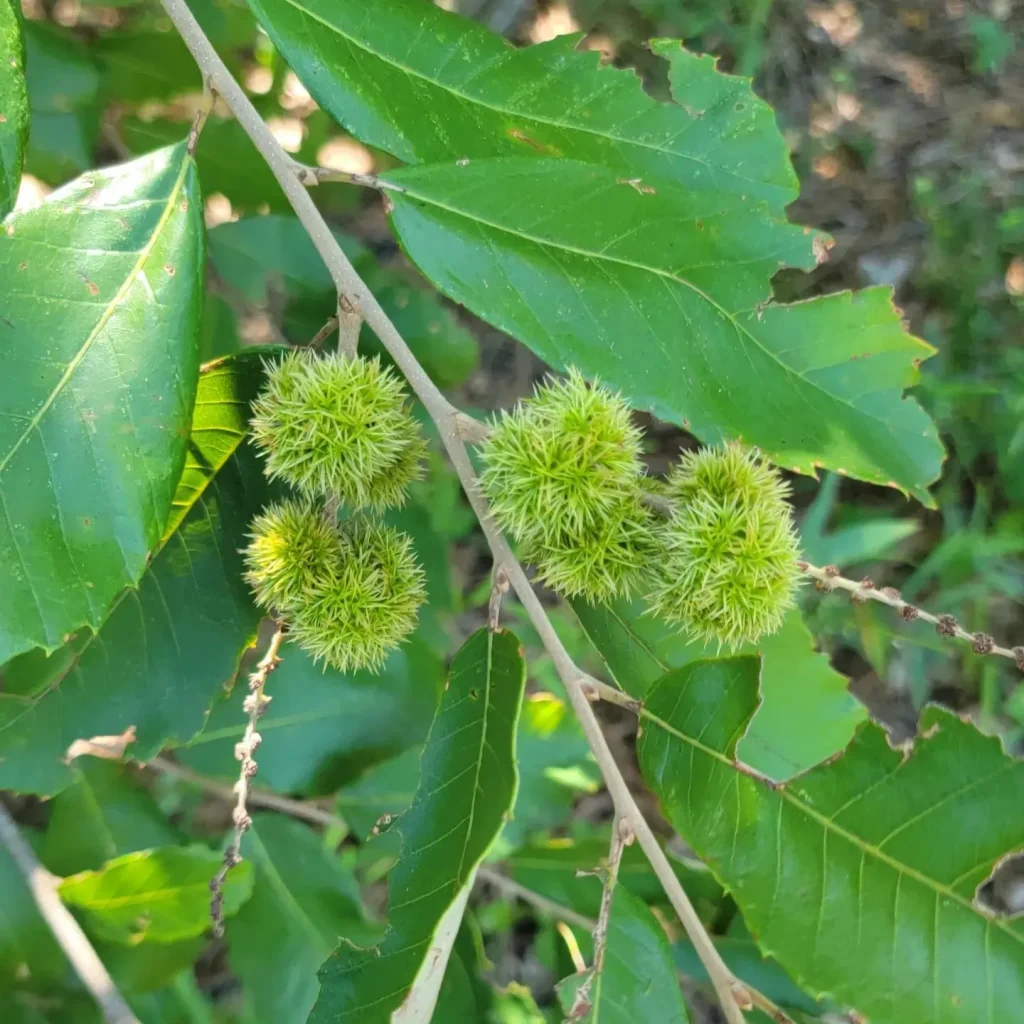
What Is Acer Rubrum October Glory?
Acer Rubrum October Glory, commonly known as October Glory Maple, is a deciduous tree prized for its brilliant autumn color. It’s a cultivar of the Red Maple (Acer Rubrum), and it’s especially renowned for its vibrant red foliage that turns a deep crimson in the fall. This tree can reach heights of 40 to 50 feet, making it an excellent choice for larger landscapes. It’s also appreciated for its adaptability to various soil types and climates.
168 Species in Genus Acer – Maple Tree
How to Care for Acer Rubrum October Glory?
Caring for Acer Rubrum October Glory is relatively straightforward, making it a popular choice for both novice and experienced gardeners. Here are some key care tips:
- Soil: It thrives in well-drained, moist soils. While it’s adaptable, it performs best in loamy soil that retains moisture yet allows for good drainage.
- Watering: Regular watering is crucial, especially during the tree’s early years. Ensure the soil remains consistently moist but not waterlogged.
- Sunlight: October Glory Maple prefers full sun to partial shade. While it can tolerate some shade, the most vibrant color develops in full sunlight.
- Pruning: Prune the tree during its dormant season, typically in late winter or early spring, to maintain its shape and remove any dead or diseased branches.
- Fertilizing: A balanced, slow-release fertilizer applied in early spring can support healthy growth and vibrant fall color.
How to Propagate Acer Rubrum October Glory?
Propagation of Acer Rubrum October Glory is usually done through seeds or cuttings. Here’s a brief overview of each method:
- Seeds: Collect seeds in the fall, and stratify them by placing them in a moist medium and refrigerating them for about 60 days. After stratification, sow the seeds in a seed tray filled with well-draining soil. Keep the soil moist and provide a warm environment for germination.
- Cuttings: Semi-hardwood cuttings taken in summer can be used. Dip the cut end of the cutting in rooting hormone and plant it in a pot filled with a mix of sand and peat moss. Maintain high humidity around the cutting until roots develop.
What to Plant With Acer Rubrum October Glory?
Pairing Acer Rubrum October Glory with complementary plants can enhance your landscape’s visual appeal. Consider these options:
- Evergreens: Conifers like Eastern Red Cedar or Pine can provide year-round contrast to the seasonal changes of the October Glory Maple.
- Perennials: Plants such as Hostas or Astilbes can thrive in the shade beneath the tree’s canopy.
- Ground Covers: Creeping Juniper or Sedum can add texture and color to the base of the tree, creating a lush, layered effect.
Is Acer Rubrum October Glory Toxic?
No, Acer Rubrum October Glory is not toxic to humans or pets. It is generally considered safe for gardens and landscapes where children and animals might be present. However, as with any plant, it’s wise to monitor for any unusual reactions if ingested.
Benefits of Acer Rubrum October Glory
- Spectacular Fall Color: The standout feature of October Glory is its exceptional autumn display. Its leaves turn a rich red that provides stunning visual interest in the fall.
- Shade Tree: With its broad canopy, it makes an excellent shade tree, offering relief from summer heat.
- Adaptability: It can tolerate a range of soil conditions and is resistant to many pests and diseases, making it a low-maintenance choice for various landscapes.
Common Problems with Acer Rubrum October Glory
- Leaf Spot: This fungal disease can cause black or brown spots on the leaves. Improve air circulation and avoid overhead watering to manage it.
- Powdery Mildew: This can appear as a white, powdery substance on the leaves. It’s best treated with fungicides and by ensuring good air flow.
- Insect Pests: Aphids and scale insects can sometimes infest the tree. Regular inspections and appropriate insecticides can help control these pests.
Compare with Other Maple Varieties
If you’re considering Acer Rubrum October Glory, you might also look at other maple varieties like:
- Acer Rubrum (Red Maple): October Glory is a specific cultivar of Red Maple, known for its superior fall color and more uniform growth.
- Acer Saccharum (Sugar Maple): This variety has a different color palette, turning to shades of yellow and orange. It’s also known for its syrup production.
- Acer Palmatum (Japanese Maple): While Japanese Maples offer beautiful foliage and a more delicate appearance, they have different growing requirements and sizes compared to October Glory.
Conclusion
Acer Rubrum October Glory is a remarkable tree that can bring vibrant autumn color and provide year-round interest in your garden. By following proper care guidelines, addressing common issues, and considering suitable plant companions, you can enjoy the many benefits of this striking maple. Whether you’re adding a new feature to your landscape or enhancing an existing garden, October Glory Maple is a choice that offers both beauty and practicality.
If i die, water my plants!



